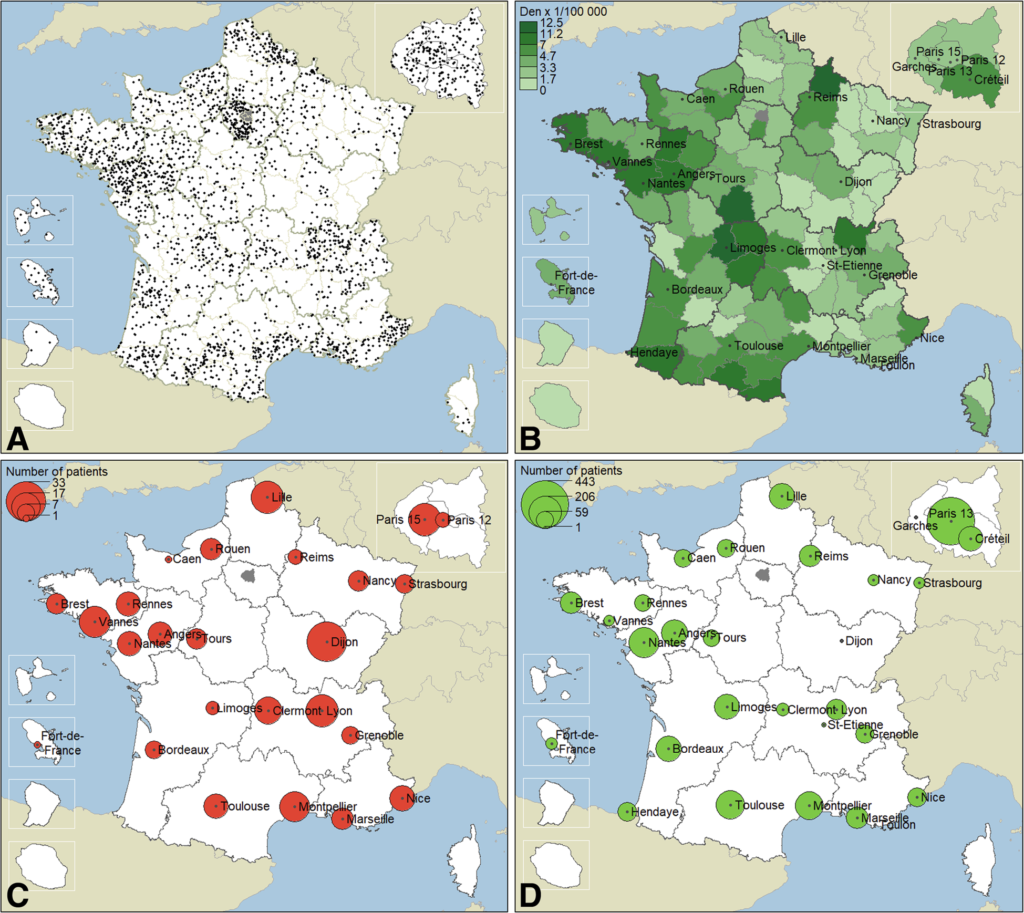CHIPPEWA FALLS, Wis. — Kristy K. Schumacher, 48, of Chippewa Falls passed away Sunday, June 4, 2017, at Wissota Health and Vent Center in Chippewa Falls, after a long battle with myotonic dystrophy.
She was born in La Crosse to Edwin and Valeria Schumacher Jan. 3, 1969. She went to school at Onalaska High. She loved to play bingo, Yahtzee and enjoyed making arts and crafts. She was Tim McGraw’s and Shania Twain’s biggest fan. Kristy was also an avid dolphin collector. Those who knew her, knew that she was as sassy as they come, especially to those at Wissota Health & Vent Center. Kristy was known for saying “It is what it is.”
Kristy is preceded in death by her parents; her brother, James; her nephew, Michael; grandparents, Walter and Mae Volk, and Edward and Kathrine Schumacher.
She is survived by her daughter, Kayla of Madison, Wis.; her siblings, Jeff (Mary) of La Crosse, Peter (Maureen) of La Crosse, David (Patty) of La Crosse, Paula (Chris) Kettner of Mazomanie, Wis., Stevie (Carol) of Fond du Lac, Wis., Ronnie (Carmen) of Menomonie; special nieces and nephews, Cameron, Jordy, Syrus, Aubrey, Khloe and many more; her special friends, Kathy Greener, Scott and Lisa Neumister and Libby Scarpelli.
A celebration of life will be held at 1 p.m. Sunday, June 11, at Wissota Health & Vent Center, 2815 County Hwy. I, Chippewa Falls, WI, 54729, at the Chapel.
Chippewa Valley Cremation Services of Altoona, Wis., is assisting the family with arrangements. To sign the guestbook or share a memory online, please visit www.chippewavalleycremation.com.
In lieu of flowers, memorials may be sent to Paula Krause, 313 Scott St. Mazomanie, Wis., 53560.
Kristy’s family wishes to extend our sincere thanks to Wissota Health & Vent Center for the love and compassion you gave Kristy, and for their patience with Kristy’s sassiness. A special thank you to Janet, Amy, Lindsey, Kareen, Kris, Sheri, Lolly, Cythnia, Becky, and the rest of the wonderful staff.





